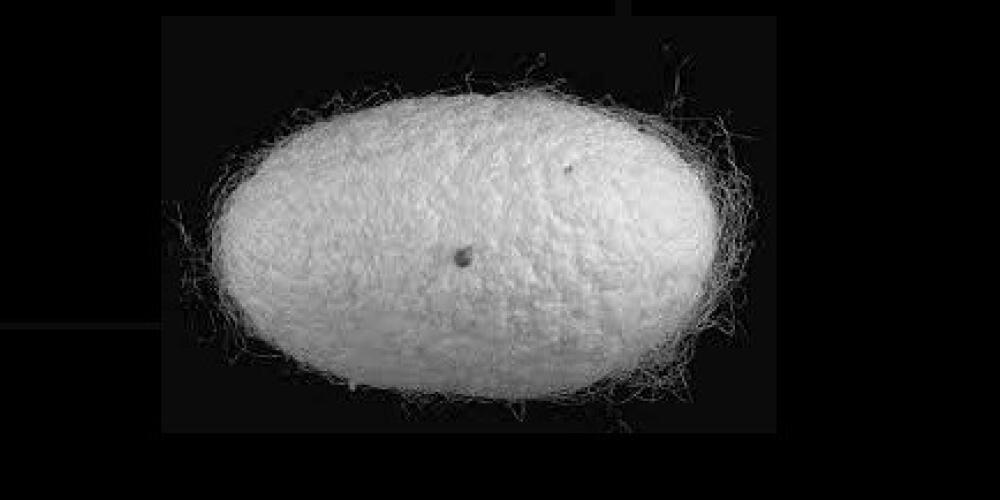
For years, the great powers have been trying to gain an advantage in the race for the masters of outer space. China, India, the EU, Japan and even smaller countries joined the race started by the Soviet Communists and the Americans. All of them have a basic interest in prestige and the development of new technologies. This was joined by private companies that see their economic interest in it.
Launching small satellites into orbit around the earth has become a business that pays off economically, but the construction of space stations for more permanent human habitation and various scientific researches will remain a prestige for a long time.
The basic problem is that it is very expensive to transport large amounts of material from the earth into space.
This problem could be most easily solved by making a large space station out of materials already in space. There are many meteors orbiting the sun and they could serve as raw materials for harvesting.
The job of turning a meteor into a space station could be done using lots of little robots that would land on a suitable meteor and wrap it up like a spider in a fiber glass cocoon. Fiber glass could be made from rocks taken from the meteor itself. After the meteor is well wrapped in a glass fiber cocoon, corridors could be dug inside it for people to stay, to store equipment, to grow food and the like.
The first step in this work would be to land a robot on the surface of such a meteor. A robot-spider with at least 8 legs could be attached to the meteor in several ways. One way is for the feet to have magnets that would stick to rocks with a higher iron content. If there are no such rocks on the meteor, at least 4 legs should have mechanical grippers with which they could be attached to the rocks. Some of these legs could also have small drills that would be drilled into the rocks, thus holding on to them. And if the surface of the meteor is unstable, the first robot spiders could drop a long, sticky, thin glass rope from themselves, which they would wrap around the meteor by circling it, thus creating an initial web that all the following robot spiders could cling to that would descend on meteor.
Other robots would immediately look for rocks from which it is possible to make glass, and by pulling these rocks into themselves, they would make glass threads from them. The third robots would wrap threads around the meteor. The fourth robots would drill the meteor and enter it, and deliver the rocks suitable for making glass to other robots. The fifth robots would make tunnels in the meteor suitable for human habitation. And the sixth type of robot would prepare material suitable for growing plants and mushrooms in the tunnels.
Only after the robots have prepared everything from the ground, people would be sent, and the doors and windows that should be installed in the prepared places inside the excavated tunnels. After that, other necessary equipment for the permanent residence of people and various scientific researches could be sent to such a space station.
Tags
Featured articles